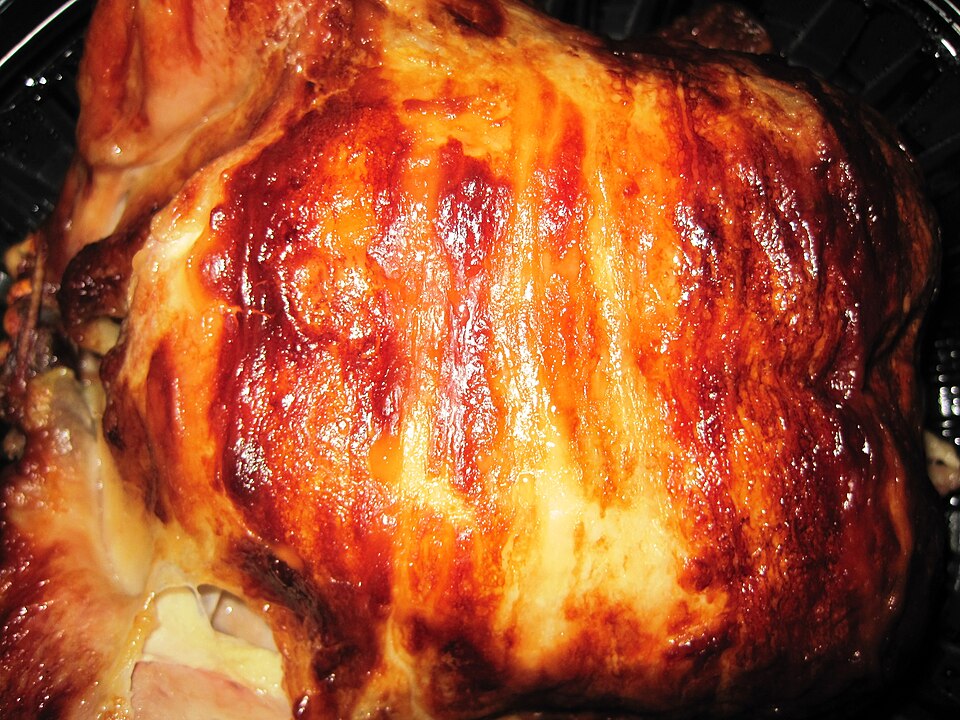
At first glance, the warm, savory aroma of rotisserie chickens rotating behind the deli glass in your local grocery store might simply signal a convenient meal option. Yet, these golden birds are more than a ready-to-eat delicacy; they represent a fascinating twist in the economics of food retail that benefits both the consumer and the supermarket.

Contrary to conventional wisdom, which suggests that cooking from scratch saves more money than purchasing convenience foods, rotisserie chickens defy the norm. Indeed, the store-roasted chicken often comes with a smaller price tag compared to its raw counterpart.

For instance, an uncooked chicken might run you $9.87 at Ralphs, while the rotisserie chicken is priced at $6.99. Similarly, at Whole Foods, you’ll find a rotisserie chicken for $8.99, yet a whole chicken from the butcher counter could cost you $12.79 per pound.

This price discrepancy might perplex the average shopper, but the logic becomes clear once you peel back the curtain on grocery store operations. The strategy is simple yet effective: supermarkets take their unsold raw chickens, those teetering on the brink of their expiration dates, and give them a new lease on life in the rotisserie oven. By doing so, they convert potential loss into profit.
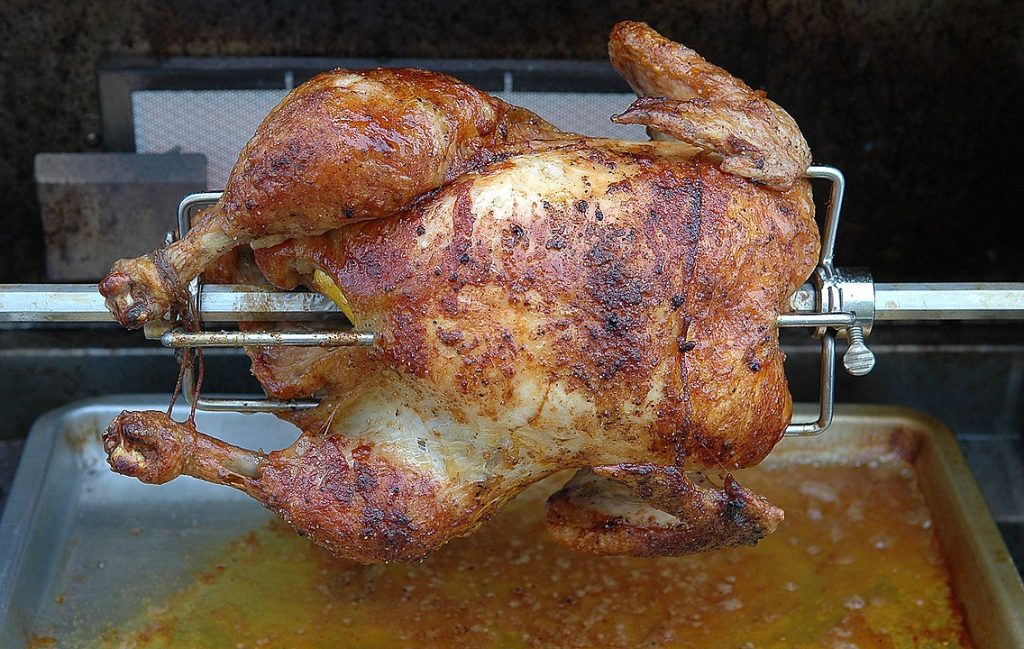
It’s a cycle of repurposing that extends beyond poultry to include meats and vegetables, which find second lives in deli items and salad bars, all in an effort to minimize waste.
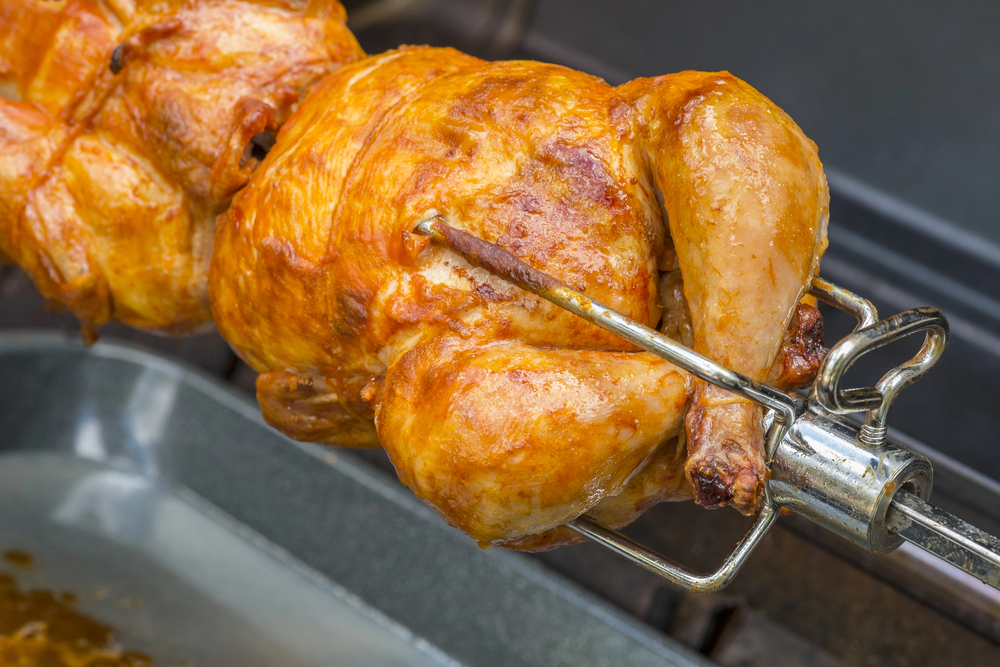
But why would stores sell these repurposed chickens at such a bargain? The answer lies in the overall economics of the supermarket. The goal is to maintain the freshness of offerings while also keeping waste—and therefore costs—down.
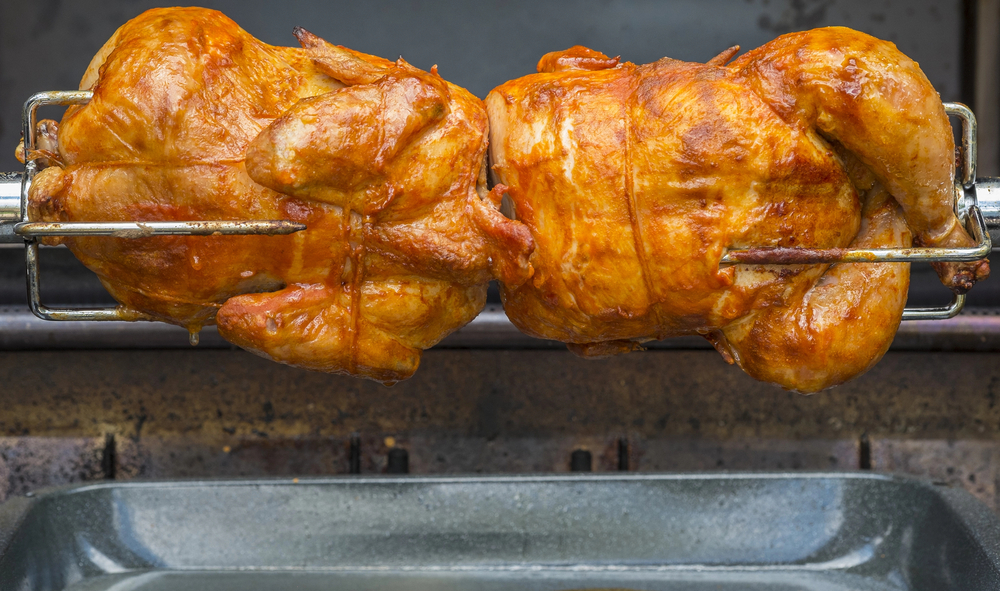
The meat and produce that may otherwise spoil are not merely saved from the trash; they’re transformed into enticing meals that customers can grab on the go.
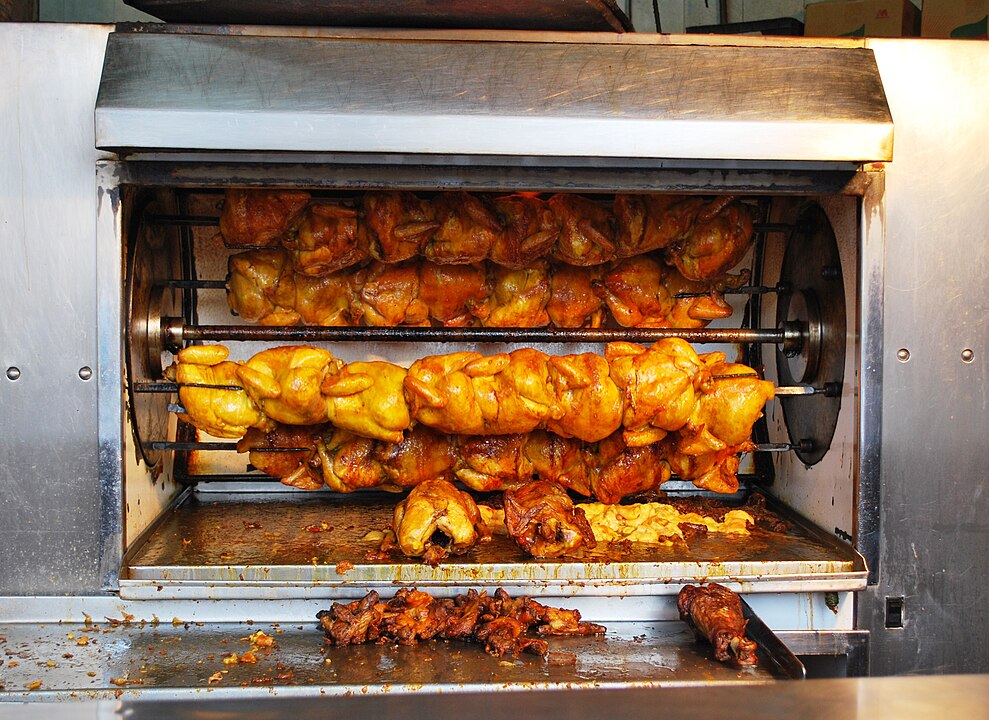
The process, in which unsold, fresh meats and produce are cooked up for in-store deli and salad counters before they reach their spoil-by dates, is also an exercise in resourcefulness. It’s about using every possible ounce of food before it goes bad, similar to hunters utilizing every part of the animal.
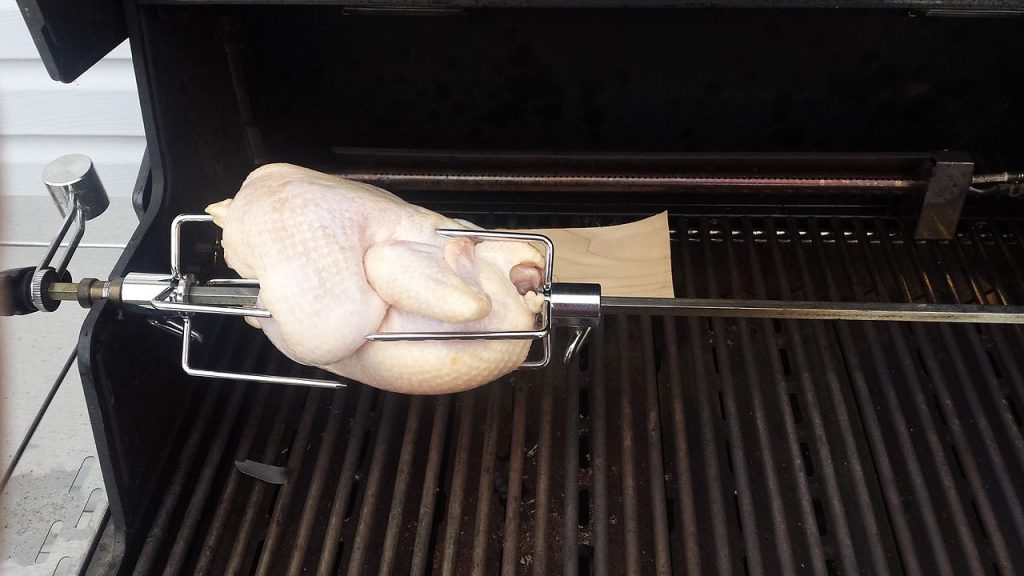
As one supermarket industry consultant noted, this practice is a response to the reality that full-service supermarkets cannot afford to put out all this fresh food every day without leveraging such tactics. In turn, they optimize the amount of fresh food available during peak and down times.
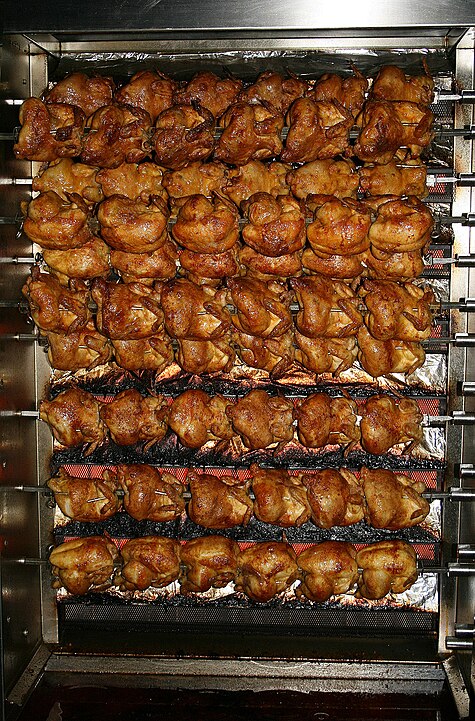
For the environmentally conscious and the budget-savvy, there’s more good news. The dates that indicate when to sell, use, or enjoy products at their best quality are not safety indicators but rather guides to food quality.
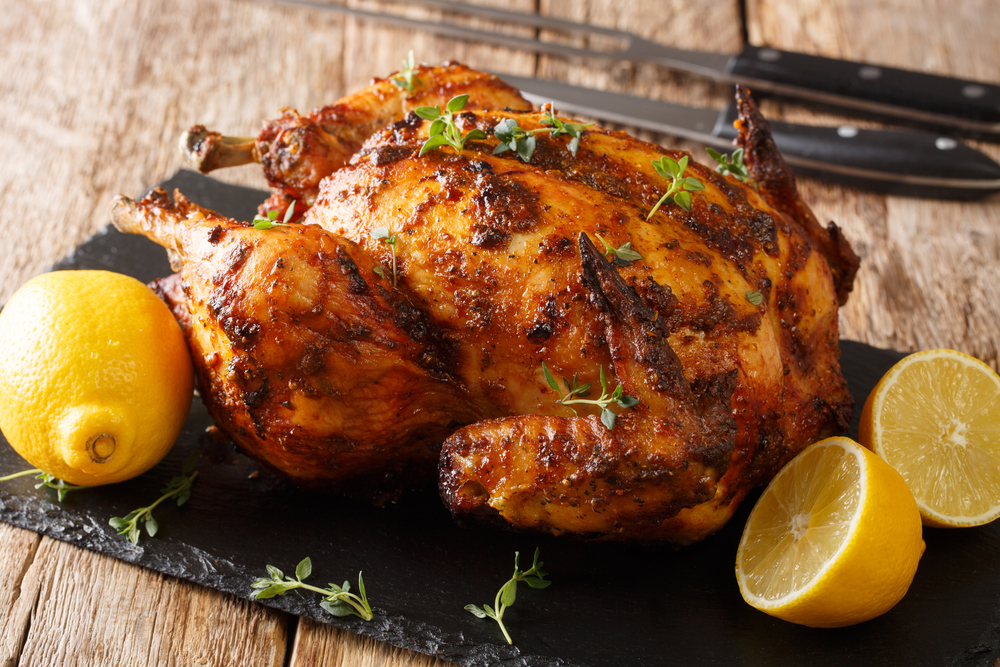
The USDA clarifies this point, emphasizing that “use-by” and “best-by” dates are more about quality than safety.

It appears that consumers can trust their senses over those printed numbers when assessing food quality, backed by resources like StillTasty.com and reports from Harvard’s Food Law and Policy Clinic.
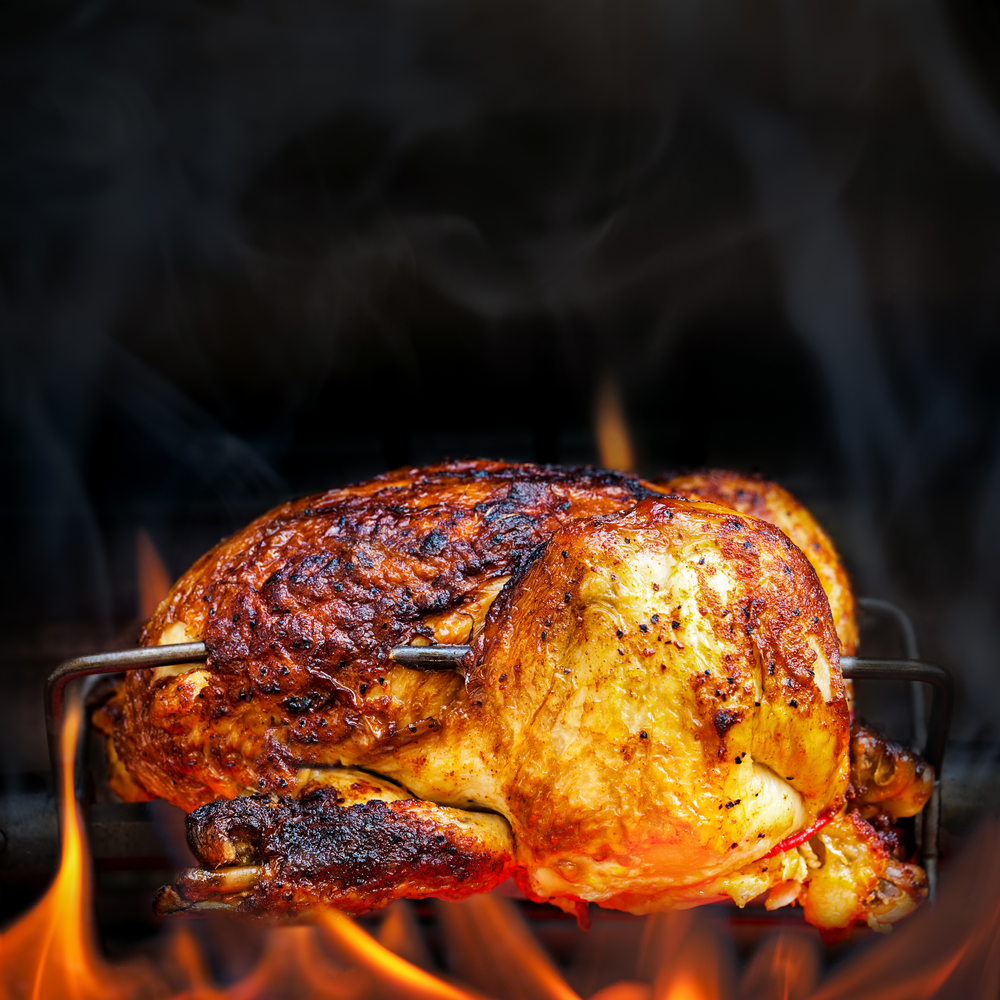
So next time you lift a rotisserie chicken from the heated display and place it in your shopping cart, you’re doing more than selecting dinner; you’re participating in a system that reduces waste, potentially helps to keep prices down, and aids in conserving resources like fresh water.
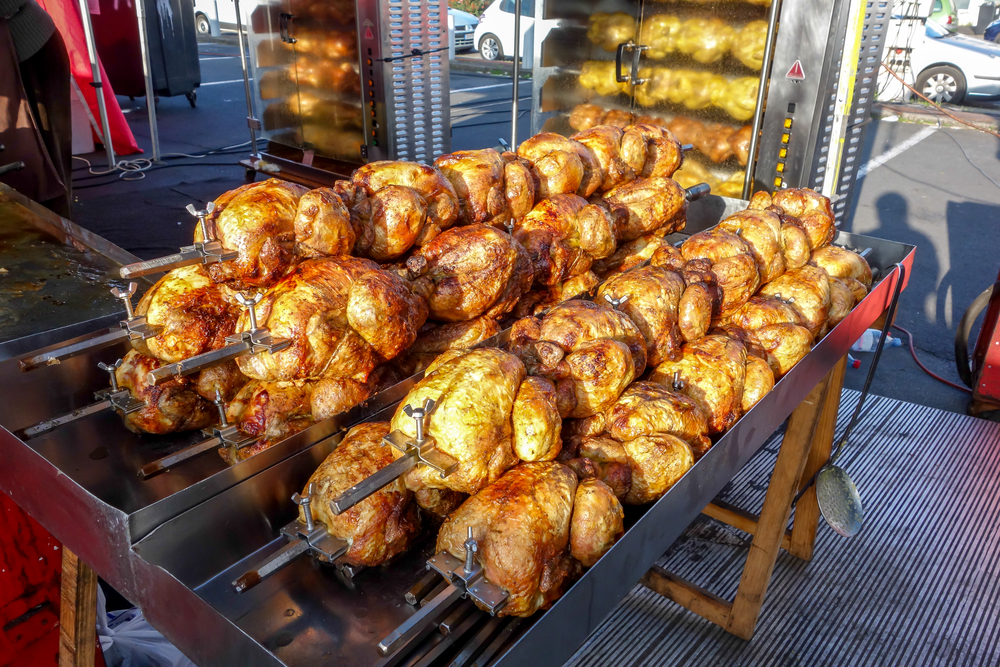
Instead of fretting over the origins of your meal, you can relish the fact that your choice may well be contributing to a larger, eco-friendly cause.
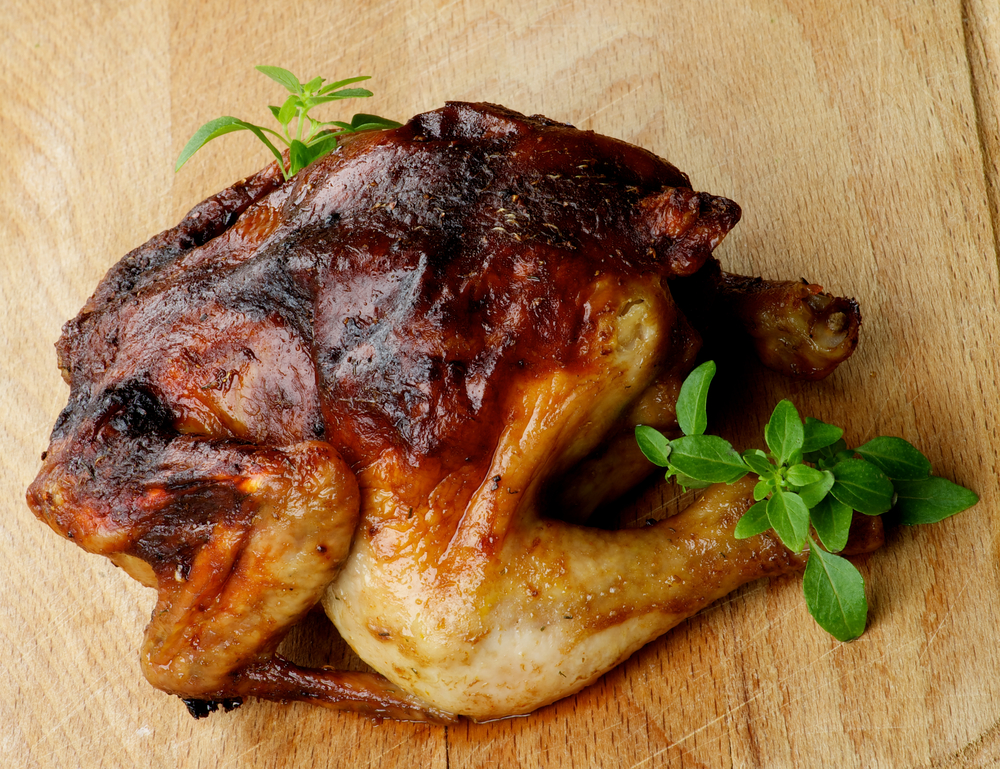
Therefore, as you tuck into the succulent, herb-infused meat of your rotisserie chicken after a long day, consider the broader implications of your purchase. It represents a triple good deed: simplifying your life, keeping consumer costs in check, and reducing environmental impact.
Relevant articles:
– The Truth Behind Grocery Store Rotisserie Chicken, Taste of Home, Sep 22, 2017
– Grocery Store Economics: Why Are Rotisserie Chickens So Cheap?, PBS SoCal, Mar 4, 2014

